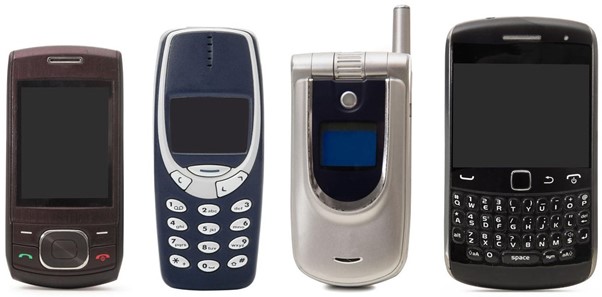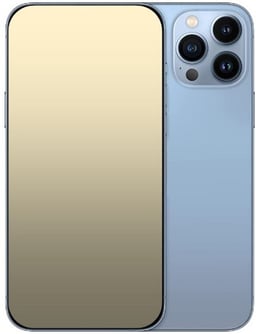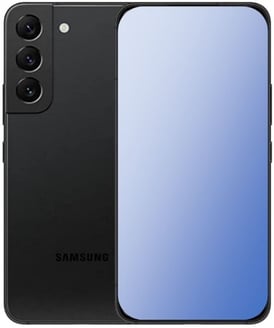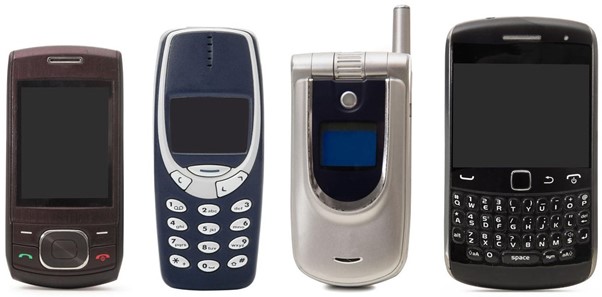When Australia's Small-scale Renewable Energy Scheme was introduced in 2011, homeowners were very limited by the solar technology available at the time. The majority of panels had a capacity of less than 200W which has been doubled by today's models.
So, panels got progressively bigger and better but there was very little technological change to the other primary component of a solar system, the inverter. Designed to do the 'heavy lifting' of converting the DC power from the panels to AC power for use in the home, the inverter was an unsophisticated box which collected the accumulated power from all the panels for conversion.
If a panel was underperforming, that panel would reduce the output of all the other panels in the string, however, you'd never know because the inverter had no way of telling. It especially couldn't pinpoint which was the faulty panel. Not only that, but those simple inverters didn't come with remote monitoring and customers could go months before realising their solar system was dead or severely underperforming. We used to recommend to our customers that they check the little LCD screen on the inverter at least once a week to make sure it was working.
Today, inverters have come a long way with technology improvements, better monitoring solutions and more reliability.
There are three types of inverters that are currently available to you for your solar energy system: string inverters, power optimized systems, and microinverters. Power optimizers and microinverters are often collectively referred to as “Module-Level Power Electronics” or MLPEs.
At Smart Energy Answers, we do believe the only Smart way of installing solar in 2022, is MLPE technology. And we do recommend only the 2 best brands in this space, SolarEdge and Enphase. Both global technology companies listed in the NY market exchange.
MLPE is the safest and best performing tech which eventually will prevail and become compulsory by regulations standards like it is already in many States in US and Asia.
String inverters are by far the most deployed inverter option globally, because they have been around forever, like coal-powered trains.
However, MLPE technologies have gained in market share over the last five years as their costs have come down.
We understand that when researching in solar, customers may be very confused by the multiple alternatives and quotes available from different companies pushing different products. It can be very overwhelming.
At SEA we assist people making an informed decision when looking into solar and our job is to make it simple to understand as well.
Well, we’ll make a strong analogy to try to simplify as much as we can.
If you were to buy a new phone, today in 2022, would you consider a phone from Option A or Option B, below?
Option A:

Option B:


Well, if you answered Option B, you can now understand the difference in value between a string inverter and a solar energy solution powered by MLPE Technology.
You are obviously going to pay more for Option B, but you get much more out of it.
PS: Please do NOT believe salespeople who will try to tell you that you don’t need microinverters or optimisers because you don’t have trees around your house.
Panels can be affected by shade in many ways: trees, clouds, birds, dust, vent / stink pipes, roof gables, chimneys, air-conditioning etc…
MLPE will simply give you a safer, more efficient, better performing, more flexible, more innovative and better monitorable solution in every circumstance. Simply Smarter.
If you now want to read more in details of the differences between string and MLPEs, you can click READ MORE to keep reading:




.png?width=100&height=100&name=footer%20Scroll%20badges%20(5).png)
.png?width=100&height=100&name=footer%20Scroll%20badges%20(10).png)
.png?width=100&height=100&name=footer%20Scroll%20badges%20(4).png)
.png?width=100&height=100&name=footer%20Scroll%20badges%20(1).png)
.png?width=100&height=100&name=footer%20Scroll%20badges%20(3).png)
.png?width=100&height=100&name=footer%20Scroll%20badges%20(6).png)
.png?width=100&height=100&name=footer%20Scroll%20badges%20(9).png)
.png?width=100&height=100&name=footer%20Scroll%20badges%20(8).png)
.png?width=100&height=100&name=footer%20Scroll%20badges%20(7).png)

